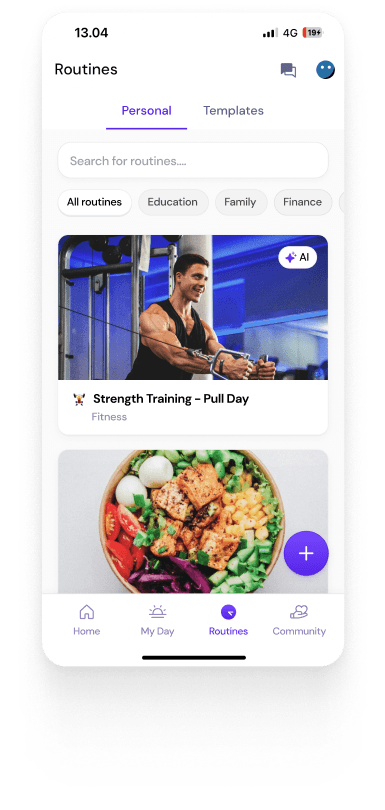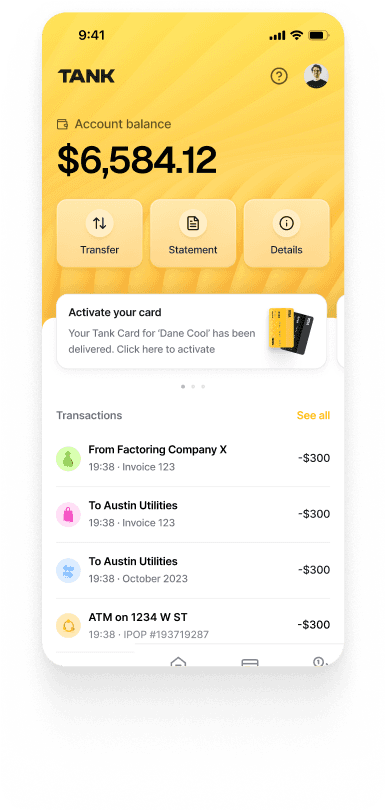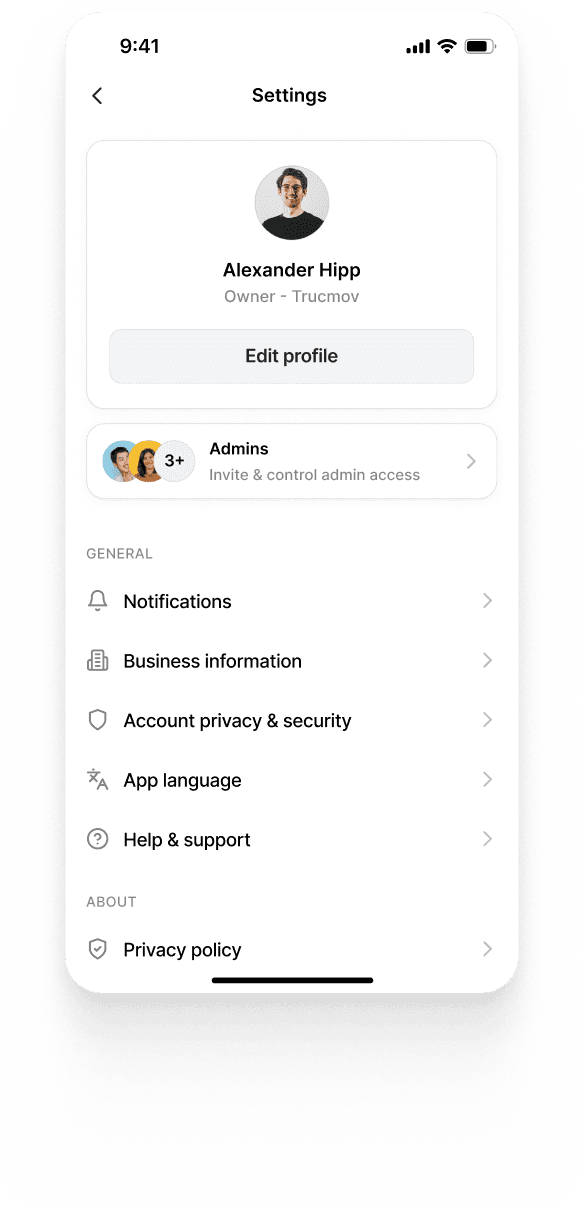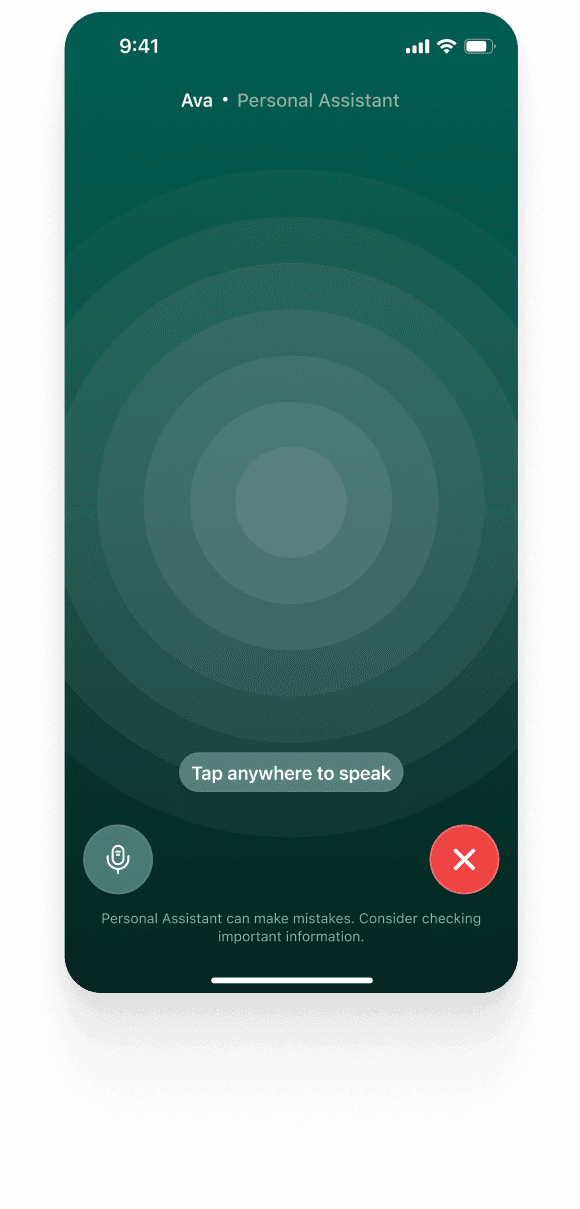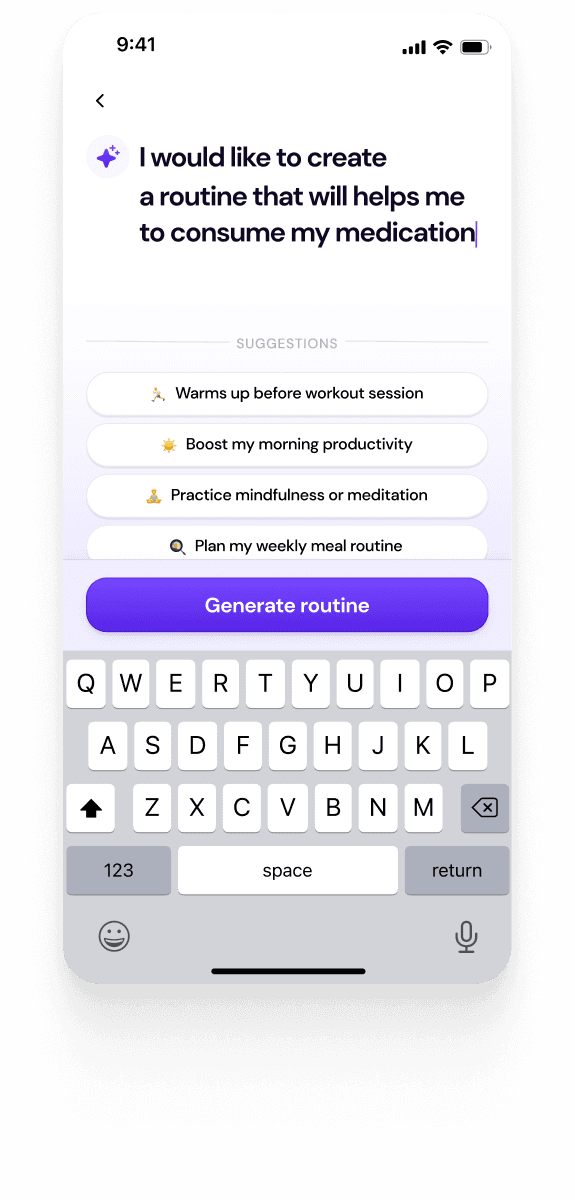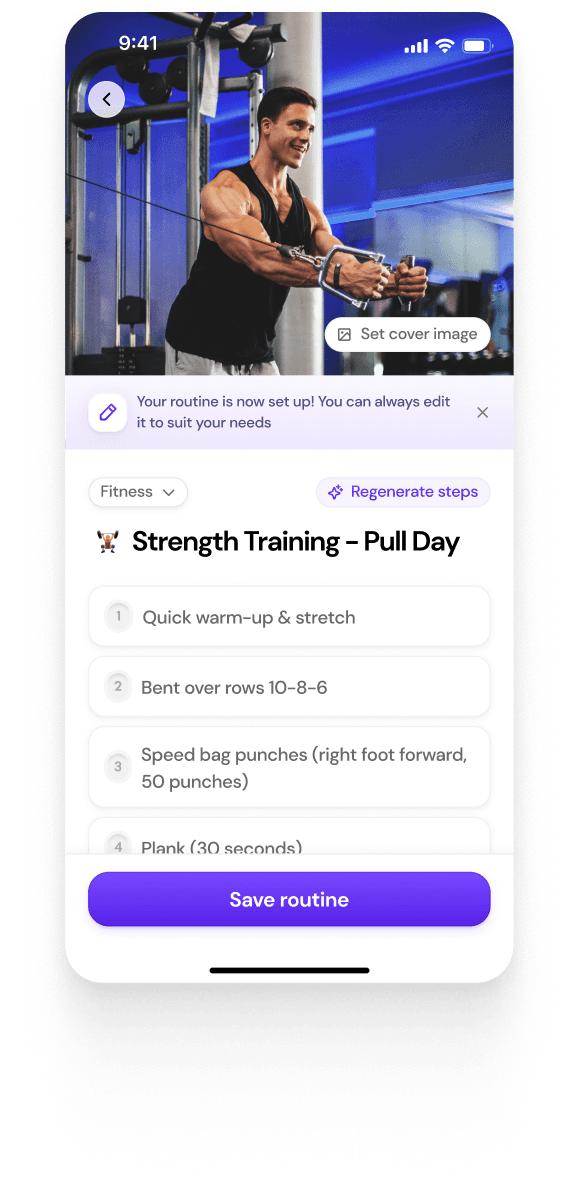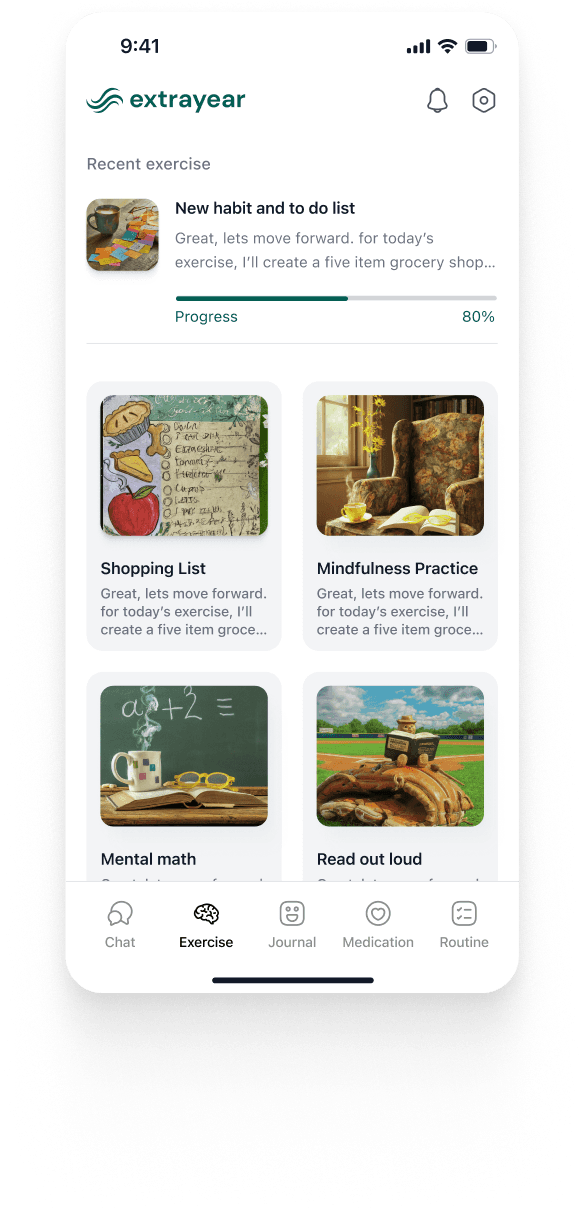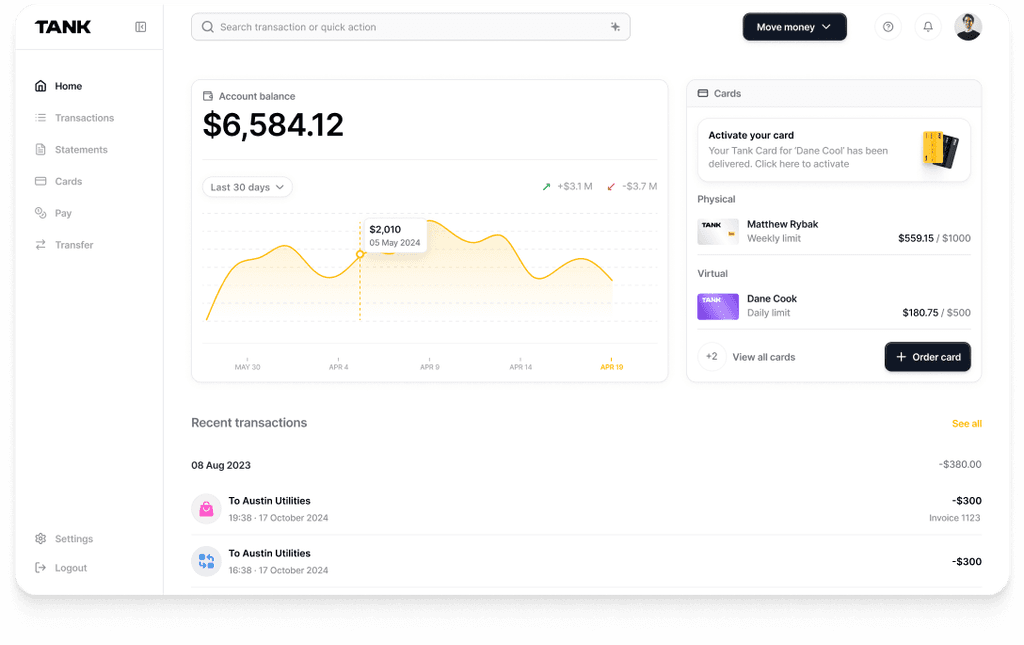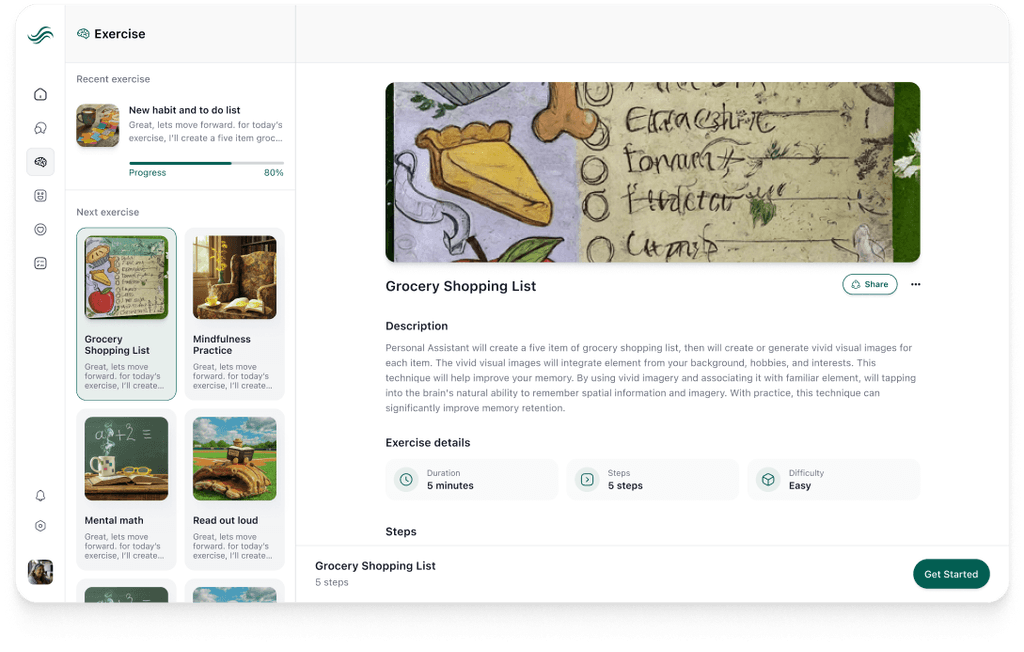AI + State Management: How Steve Uses Stacked to Structure Flutter Apps
Mar 25, 2025
Summary
Steve uses the Stacked framework to ensure all AI-generated Flutter apps follow clean, scalable architecture. By combining MVVM structure with intelligent automation, Steve generates production-grade Views, ViewModels, and Services, all fully integrated with Firebase and reactive state management. This standardization enables maintainability, reusability, and rapid scaling—even in AI-enhanced, dynamic applications.
Key insights:
Stacked as the Default Architecture: Steve uses MVVM-based Stacked to separate UI, logic, and services in all generated Flutter apps.
View/ViewModel Pairing: Each screen includes its own View and ViewModel, promoting modularity and lifecycle-aware state handling.
Service Abstraction for Backends: Core functions like Firebase auth, AI chat, or build ops are encapsulated in injectable services.
Reactive State Handling: ViewModels use reactive variables to drive UI updates—essential for AI-driven features like chat or data streams.
Developer-Ready File Structure: Generated apps include clear foldering for views, viewmodels, services, and app configs.
Scalable for Complex Apps: Nested ViewModels and shared services support large apps with roles, tabs, and real-time logic.
Introduction
As businesses increasingly adopt AI to build dynamic digital experiences, the structure and scalability of the applications themselves become just as important as the intelligence they embed. At the heart of this transformation lies Steve, the first AI Operating System that centralizes app development, data flows, and operational logic through intelligent interfaces. Among its suite of capabilities, Vibe Studio stands out as a powerhouse for building robust Flutter applications—applications that are not only AI-enhanced but also designed with architectural integrity. A critical choice in achieving this integrity is the use of the Stacked state management framework in all Flutter apps generated by Steve.
This insight explores how Vibe Studio within Steve standardizes app structure using Stacked, a model-view-viewmodel (MVVM) inspired framework. Rather than leaving architecture to chance, Steve ensures that every AI-generated app adheres to best practices from day one. Through intelligent automation and pattern enforcement, developers—whether novice or expert—receive a consistent, scalable, and testable app architecture. We explore what makes Stacked an ideal match for AI Flutter app development and how Steve’s choice shapes the future of low-code engineering at scale.
The Importance of Structured State Management in AI-Generated Flutter Apps
The process of building Flutter apps with AI involves more than just writing code. It is about orchestrating user interaction, backend integration, UI responsiveness, and real-time feedback loops—often asynchronously and reactively. Without clear state management, these elements can quickly devolve into complexity and inconsistency.
Vibe Studio abstracts much of the manual coding process by allowing users to define application features through conversational commands. However, automation without structure leads to fragility. That is why every generated app is scaffolded with a clear architectural baseline—centered around Stacked. This decision ensures that while code may be machine-generated, it remains modular, understandable, and maintainable.
Stacked provides a reactive and organized structure for managing application state, separating business logic from UI, and simplifying service dependencies. This becomes especially vital in AI-powered apps where data and state can change in response to user prompts, backend models, or autonomous system actions.
What Is Stacked and Why It Matters
Stacked is a state management and architectural framework for Flutter that draws from MVVM principles. It introduces a clean separation of UI and logic by defining key components: Views, ViewModels, Services, and reactive state updates. It supports dependency injection, reactive services, and lifecycle-aware widgets—all of which lend themselves perfectly to applications generated by an AI-driven system like Steve.
When an app is generated via Vibe Studio, it is not just functional—it is framed with structure. Each screen corresponds to a View and ViewModel pairing. Business logic, including AI-triggered actions like API calls, chat responses, or file handling, resides within the ViewModel. External dependencies, such as Firebase, APIs, or third-party SDKs, are abstracted into Services.
This architectural baseline enables AI to write clean, predictable code and also provides developers with a familiar and scalable pattern should they wish to extend or refactor the app post-generation.
How Steve’s Vibe Studio Implements Stacked in Generated Apps
Steve’s app generation process is highly orchestrated. When a user requests a new feature or initiates app creation, Vibe Studio's backend performs several coordinated steps—analyzing existing files, generating new ones, resolving dependencies, and documenting pull requests. At the center of this is the use of Stacked to organize generated components.
1. View and ViewModel Generation
Each screen generated by the assistant is built with a dedicated View (UI layer) and ViewModel (logic layer). For instance, when a user asks for a dashboard with real-time data, the assistant creates DashboardView.dart and DashboardViewModel.dart. The ViewModel handles fetching data, updating reactive variables, and managing user interaction logic.
These ViewModels extend BaseViewModel, providing lifecycle hooks and enabling reactivity through notifyListeners(). This means any change in application state—whether triggered by an AI-generated data stream or user interaction—automatically propagates to the UI.
2. Service Abstraction
Core backend integrations are abstracted into Services. These are registered in the locator.dart file using Stacked’s get_it integration. For instance, authentication, chat response generation, and build/deploy operations are encapsulated as injectable services. This design aligns with Steve’s AI architecture, which often interfaces with Firebase, AI model endpoints, and build runners.
The assistant generates service files such as AuthService.dart, AIChatService.dart, and BuildService.dart—ensuring loose coupling between features. This not only supports better code reuse but also simplifies unit testing and mocking.
3. Reactive Data and UI Updates
AI-enhanced Flutter apps often need to react to changing data: a chat assistant updates mid-conversation, a preview build finishes rendering, or user input affects downstream logic. With Stacked, Steve leverages reactive state variables in the ViewModel to capture these dynamics. The UI listens to these variables, re-rendering only when necessary.
Use Case: AI Chat Interface in a Generated App
A powerful use case is the inclusion of a chat-based assistant in apps, similar to Steve’s internal CUI. When a user asks for an in-app AI assistant, Vibe Studio generates the following:
A ChatView.dart for rendering conversation threads
A ChatViewModel.dart for managing prompt/response cycles
An AIChatService.dart for handling communication with the backend language model
The ViewModel handles streaming responses, updates a reactive message list, and flags when AI responses are complete. The assistant ensures that logic like error handling, rate limit management, and retry strategies are encapsulated—all conforming to Stacked’s principles.
Developer Benefits of Using Stacked in AI-Generated Apps
While automation accelerates app creation, developers still benefit from transparency and control. Stacked provides that clarity. When a developer opens a Steve-generated app, they see a familiar structure:
/ui/views/ for UI components
/viewmodels/ for state and logic
/services/ for backend and third-party integration
/app/ for configuration and service registration
This organized layout means that modifications, debugging, or extensions require minimal onboarding. Whether adjusting the layout, extending a ViewModel, or replacing a service, developers can do so confidently.
Additionally, automated pull request documentation provided by Steve outlines the exact files changed, reasons for the update, and architectural implications—making it even easier to audit or review AI-generated output.
Scaling the Architecture for Complex Applications
As apps grow—either through user requests or system enhancements—the Stacked foundation continues to support scalability. Features can be compartmentalized into modules, ViewModels can share services, and state flows remain traceable.
For apps with multiple roles, tabs, or feature sets, Vibe Studio splits concerns using nested navigation and parent-child ViewModel relationships. This ensures that even large-scale apps, such as marketplaces or SaaS dashboards, maintain architectural integrity.
Moreover, the structure allows seamless testing. Since ViewModels encapsulate logic and Services abstract backend calls, unit testing becomes straightforward. This aligns with Steve’s mission to produce not just functional apps, but production-grade, maintainable solutions.
Conclusion
Steve’s Vibe Studio represents the convergence of intelligent automation and principled software engineering. By standardizing on the Stacked architecture for every Flutter app it generates, Steve ensures that the benefits of rapid, AI-driven development do not come at the cost of code quality or maintainability.
Stacked empowers both the AI and the end developer: it gives the assistant a repeatable, scalable structure to build into, and it provides the human developer with a clear, predictable, and extensible framework. As AI continues to redefine the boundaries of software creation, the architectural patterns chosen today will shape the sustainability of tomorrow’s apps.
Build Structured Flutter Apps with Steve + Stacked
Get the best of AI speed and Flutter architecture. Steve's Vibe Studio uses the Stacked framework to generate modular, scalable apps—ready for real users and real growth.










